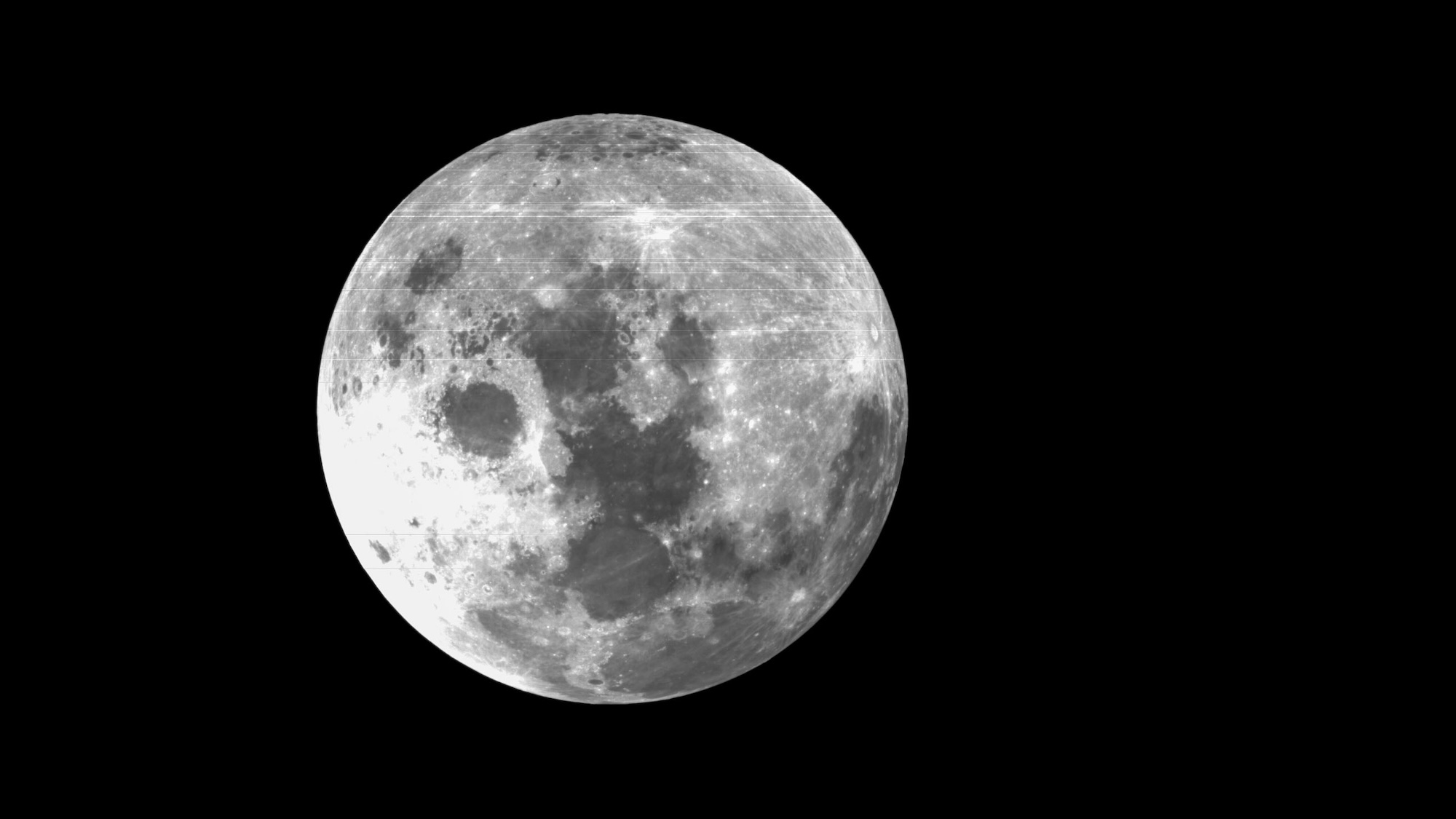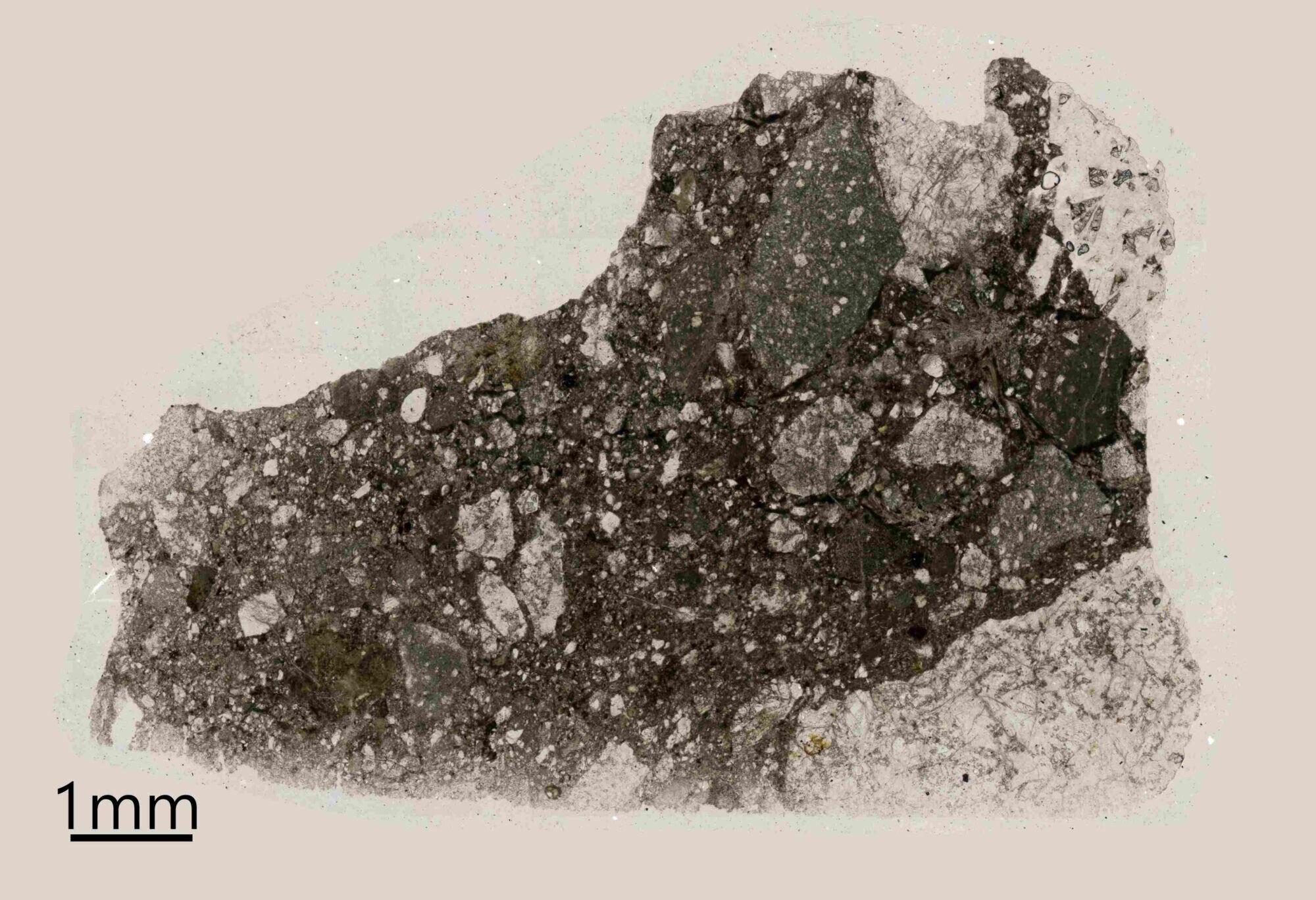








Year 5 students at Chilton Primary School in Ramsgate, Kent, are participating in a term-long cross-curriculum topic on space exploration. The students are learning about the phases of the Moon, the movement of the planets, and the history of space travel, including the Apollo 10 moon landing in 1969. They are also reading related texts and learning about scientific methods such as data recording and analysis. The students created models of the Moon and will present their findings to Year 4 students. The Moon is 4.5 billion years old, orbits the Earth at an average speed of 2288 miles per hour, and has no atmosphere or weather [8bc8a537].
The moon, our celestial neighbor, is marked by craters on its surface, which are the result of meteorite impacts and other space objects throughout its history [9333d5a8]. The absence of a significant atmosphere on the moon makes it vulnerable to these impacts. The dark spots on the moon, known as 'seas,' provide a window into its cosmic past, revealing the history of impacts and volcanic activity [9333d5a8]. Although the moon is geologically less active than Earth, lunar quakes, or 'moonquakes,' have been detected and can cause minor changes on the lunar surface. The constant impact of small particles, such as micrometeorites, can also cause long-term erosion, smoothing the edges of craters over time [9333d5a8].
Volcanic activity in the past has also played a role in the formation of the moon's craters. It buried older craters and altered the topography, contributing to the creation of the lunar seas [9333d5a8]. The study of the moon's craters has been crucial in understanding its geology and history. Missions like the Apollo missions have provided valuable information through rock and regolith samples collected by astronauts, helping scientists gain insights into the formation of the moon's craters [9333d5a8]. Recent studies suggest that Theia, the planet that collided with Earth to create our Moon, is approximately 4.5 billion years old, similar to the age of Earth itself. Scientists have used advanced dating techniques and analyzed isotopic compositions of Moon rocks to estimate Theia's age. Understanding Theia's age is crucial for unraveling the history of our Solar System and gaining insights into the formation of our Moon and the early evolution of Earth [91588532].
New evidence suggests that the moon is 40 million years older than previously believed. The theory is based on the study of lunar material, specifically zircon crystals, which are considered the oldest lunar zircon ever reported. These crystals condensed on the surface of the newly formed moon. Understanding the moon's formation can provide insights into the formation of Earth and its impact on the solar system. Scientists believe that about 4.5 billion years ago, a Mars-size object called Theia collided with Earth, ejecting debris that formed the moon. The age of the crystals helps determine the timing of the moon's formation and provides valuable information about Earth's history [4097bf01].
New research from a Western University postdoctoral fellow shows that the early lunar crust was enriched in water more than 4 billion years ago, contrary to previous understanding. The discovery was made by Tara Hayden, who identified the mineral apatite in a sample of early lunar crust. This finding suggests that the moon's early crust contained more water than previously thought, providing new insights into lunar history. The discovery was made while Hayden was a graduate student at The Open University. The research is significant as it challenges the widely held belief that the moon is 'bone dry' and opens up new possibilities for the study of lunar water. The discovery was made using a lunar meteorite sample and offers valuable information about the moon's evolution beyond the samples collected during the Apollo missions. The research has implications for future lunar exploration missions, such as NASA's Artemis missions, as it suggests that there may be more water available on the moon's surface than previously believed. The timing of the discovery aligns with the preparations for the Artemis missions, and the findings will inform the sampling strategy for the mission. The research was published in the journal Nature Astronomy [6bf49171].
China’s Chang’e-5 mission returned a lunar sample in 2020 containing minerals that provide clues to the Moon’s history. The sample, which weighed 1.73 kilograms, was collected from the Oceanus Procellarum. It included a new mineral called Changesite-(Y) and a combination of silica minerals. Researchers compared the sample's composition to other lunar and Martian regolith samples and examined potential causes and origins for its unique composition. The sample contained a silica fragment with both stishovite and seifertite, minerals that theoretically only coexist at much higher pressures. The researchers estimated the peak pressure and impact duration of the collision that shaped the sample and inferred that the silica fragment likely originated from the collision that formed the Aristarchus crater. The study demonstrates the power of modern analysis in uncovering the history of celestial bodies [57eb52c1].
A new NASA study claims that the Earth's moon is shrinking. The study suggests that the moon has been gradually shrinking over the past several hundred million years, causing its surface to wrinkle and create 'thrust faults.' These faults are formed when one section of the crust is pushed up over an adjacent section as the moon's interior cools and shrinks. The study used images from NASA's Lunar Reconnaissance Orbiter to identify over 3,000 of these faults on the moon's surface. The findings provide new insights into the moon's geological activity and its history of tectonic activity. The study also suggests that the moon may still be experiencing moonquakes, which are believed to be caused by the ongoing process of the moon's interior cooling and contracting. The research contributes to our understanding of the moon's evolution and its current state [286f97e6].
China has compiled the most detailed moon atlas ever mapped, called the Geologic Atlas of the Lunar Globe. The atlas includes 12,341 craters, 81 basins, and 17 different rock types found across the moon's surface, doubling previous map resolutions to a scale of 1:2,500,000. The project was a collaboration between over 100 researchers at the Chinese Academy of Sciences (CAS) and relied heavily on China's ongoing lunar exploration programs, including the Chang'e-1, Chang'e-3, and Chang'e-4 missions. The maps will be available in a new book called 'Map Quadrangles of the Geologic Atlas of the Moon' and will also be accessible online through a cloud platform called Digital Moon. China's goal is to assert its potential role as a scientific powerhouse in the future and contribute to lunar research and exploration. China plans to launch its Chang'e-6 robotic spacecraft to the far side of the moon as the first of three new missions. [07118d50].
NASA released a spectacular photo of Phobos, a moon of Mars that is approaching a slow collision with the planet. Phobos is 157 times smaller than Earth's moon and is named after the Greek god of fear. It was formerly a comet from the asteroid belt between Mars and Jupiter. Phobos is approaching Mars at a speed of roughly 1.8 meters per hundred years and is expected to either collide with the surface of Mars or break into a ring around it in approximately 50 million years. Phobos has notable features such as the Stickney Crater and white ice streaks. The photo was taken by the HiRISE camera on the Mars Reconnaissance Orbiter [cdc2325a].